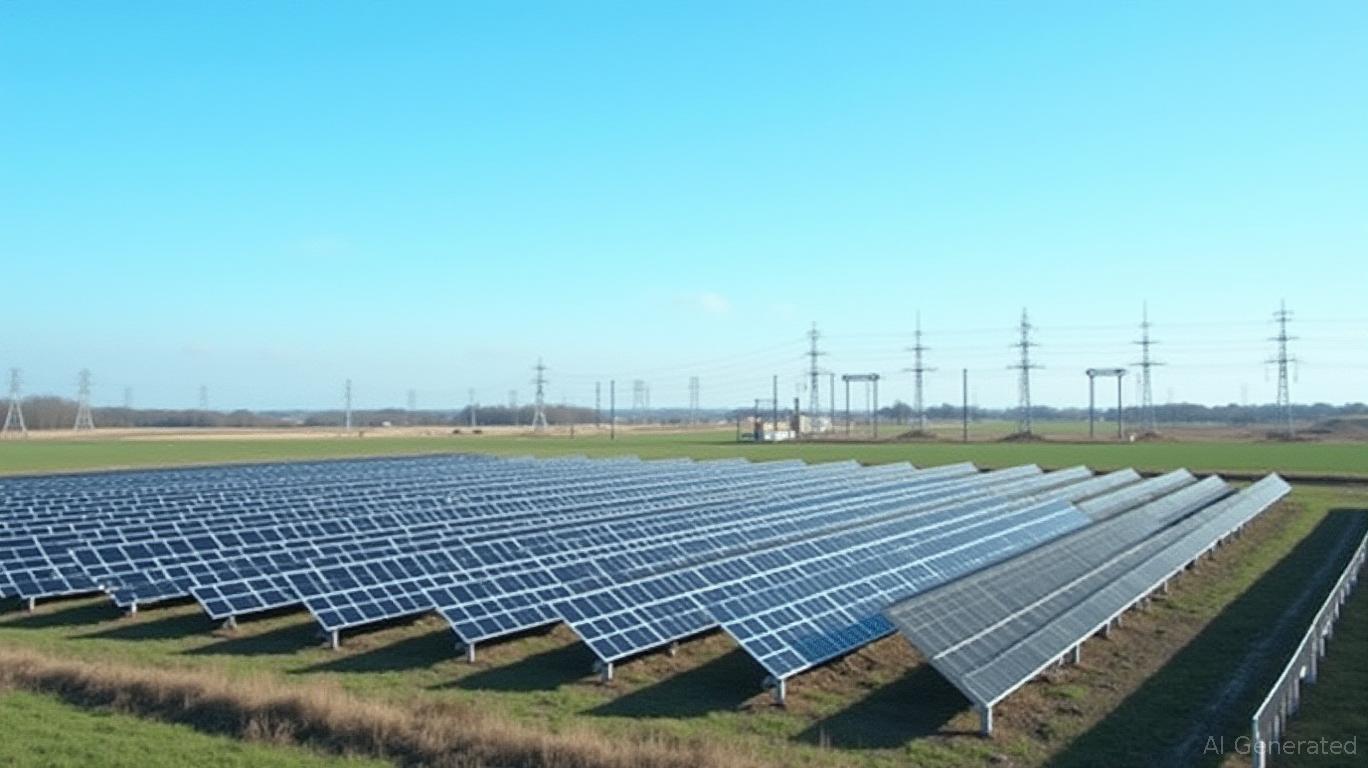The Nasdaq-100's Highest-Yielding Dividend Stocks: A Risk-Reward Analysis
In an era where Nasdaq-100 companies are often synonymous with high-growth tech stocks, the pursuit of dividends can feel like searching for a needle in a digital haystack. Yet, three Nasdaq-100 outliers—Kraft Heinz (KHC), Microchip Technology (MCHP), and Paccar (PCAR)—currently offer dividend yields of 5.4%, 4.7%, and 4.4%, respectively. These figures stand out in an index where yields typically hover around 1.2%. But are these high payouts worth the risk? Let’s dissect each opportunity through the lens of financial health, growth prospects, and market dynamics.
1. Kraft Heinz (KHC): Stability with a Ceiling
Kraft Heinz’s 5.4% yield is the highest among Nasdaq-100 stocks, driven by a stagnant stock price that has lagged behind its 52-week high by 24%. The company’s dividend policy has been a study in consistency: it has paid a flat $0.40 quarterly dividend since 2020, with no increases or cuts. While this stability is comforting, it also signals a strategic shift toward prioritizing buybacks over dividend growth.
Why It’s Attractive:
- Strong Free Cash Flow: Dividend coverage remains robust, with free cash flow consistently exceeding payouts.
- Undervalued Shares: The depressed stock price artificially inflates the yield, creating a "buy now, benefit later" scenario if the stock recovers.
Why to Proceed with Caution:
- Lack of Growth Momentum: No dividend hikes since 2020 suggest a lack of urgency to reward shareholders beyond current levels.
- Limited Catalysts: The company is not pursuing transformative innovation, relying instead on its stable consumer goods portfolio.
2. Microchip Technology (MCHP): A High-Risk Turnaround Play
Microchip’s 4.7% yield is a product of its 62% drop from its 52-week high, driven by supply chain overstocking and inflationary headwinds. The company’s dividend growth has slowed to a crawl—just a 0.2% increase in 2024—after years of consistent hikes.
The Case for Optimism:
- Turnaround Strategy: Management has relocated manufacturing out of China to reduce tariff risks and stabilize cash flows.
- Valuation Discount: The yield is triple its historical average, suggesting the market has priced in worst-case scenarios.
The Risks:
- Cash Flow Strain: Dividends are now nearly fully consumed by cash flow, leaving little margin for error.
- Execution Uncertainty: Recovery depends on clients depleting overstocked inventories—a process that could take quarters, not months.

3. Paccar (PCAR): Steady as She Goes
Paccar, a maker of heavy-duty trucks (Peterbilt, Kenworth, DAF), offers a 4.4% yield grounded in reliability. Unlike its peers, Paccar has shifted focus to dividend growth, increasing payouts annually for over two decades.
Strengths:
- Cash Flow Resilience: The industrial sector’s cyclical nature hasn’t dented its ability to generate consistent free cash flow.
- Innovation Investment: Revenue growth is supported by R&D in autonomous driving and fuel efficiency, which align with long-term industry trends.
Weaknesses:
- Limited Upside: The yield is in line with historical averages, offering little margin for surprise upside.
- Economic Sensitivity: Truck demand is tied to industrial output, making it vulnerable to recessions.
Key Considerations for Investors
- Nasdaq-100 Bias: Remember that these stocks are exceptions in an index dominated by low-yielding tech giants. Traditional dividend stalwarts like banks or utilities are absent, limiting high-yield options.
- Yield Drivers:
- KHC: A blend of stagnant growth and undervaluation.
- MCHP: A gamble on recovery.
- PCAR: A proven income generator with modest growth.
- Analyst Perspective: The Motley Fool’s exclusion of these stocks from its "Top 10 for 2025" highlights that dividends alone don’t guarantee capital appreciation.
Conclusion: Weighing Yield Against Risk
For income-focused investors, these three stocks present distinct opportunities:
- Kraft Heinz (KHC): A 5.4% yield with moderate upside potential if its stock rebounds. Best for those seeking a stable, if unexciting, income stream.
- Microchip (MCHP): A high-risk, high-reward bet. The yield is enticing, but success hinges on a successful turnaround—a scenario that may not materialize.
- Paccar (PCAR): A 4.4% yield backed by cash flow discipline and a proven dividend track record. The safest pick among the trio.
Ultimately, these stocks serve as reminders that high yields in the Nasdaq-100 are exceptions, not the rule. Investors must balance income needs against growth priorities. For conservative portfolios, Paccar’s reliability is hard to beat. For those with a higher risk appetite, Microchip’s depressed valuation offers a contrarian opportunity—but only if recovery timelines align with expectations. As always, diversification remains key: pairing these stocks with Nasdaq’s growth-oriented core could create a balanced portfolio.
In the end, these dividend payers are not "set it and forget it" investments. They demand vigilance—monitoring cash flows, stock valuations, and macroeconomic conditions to ensure the yield isn’t a siren song masking deeper risks.

_0541ea711750289942943.png)
_85d765531750289985587.jpg)







